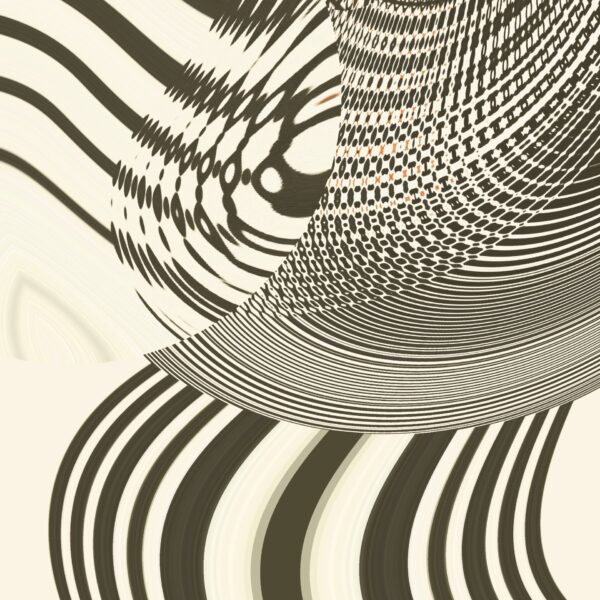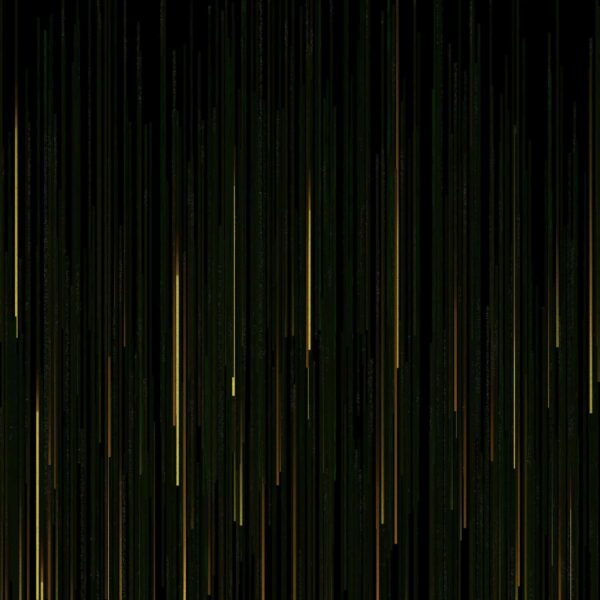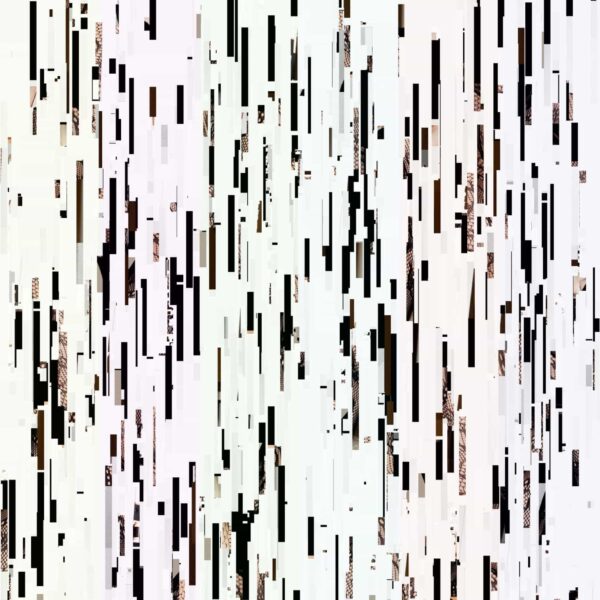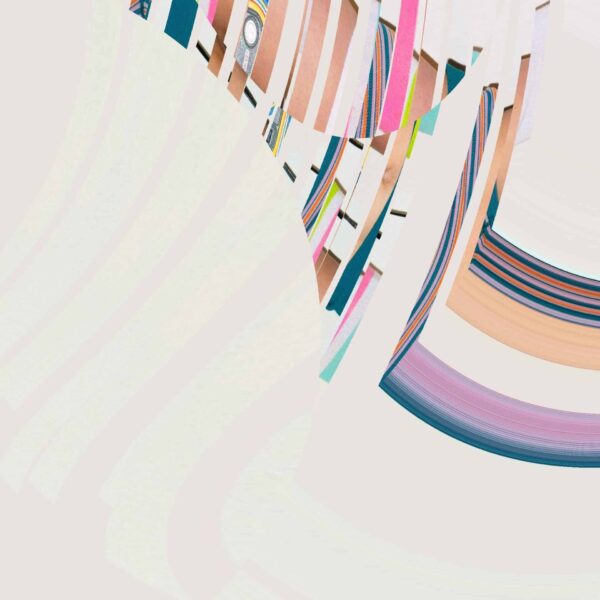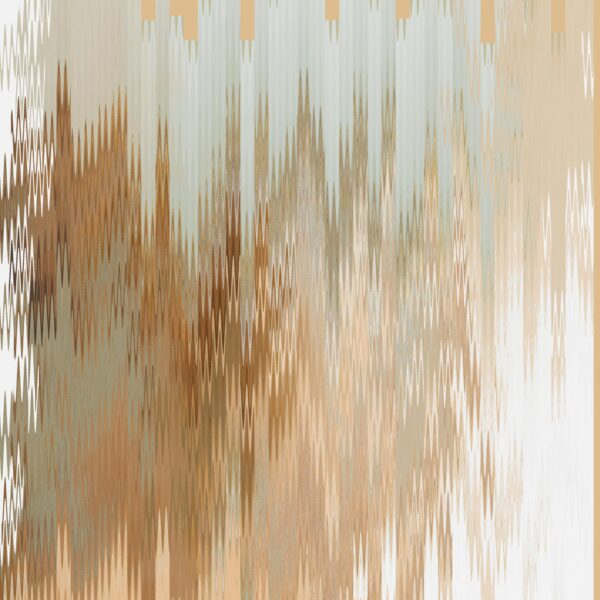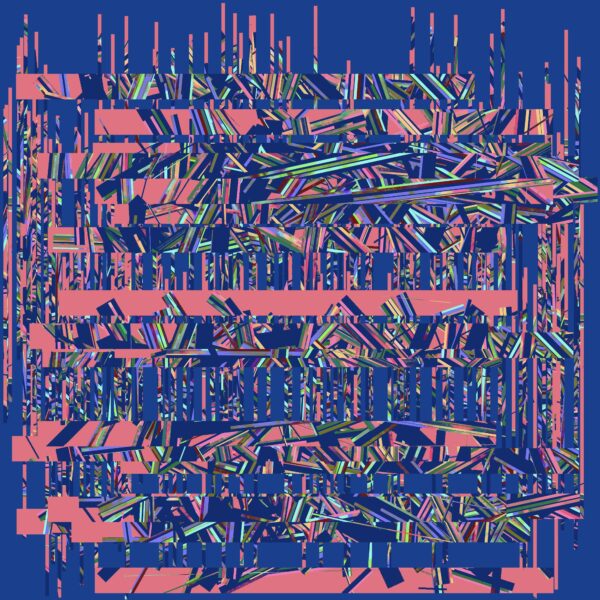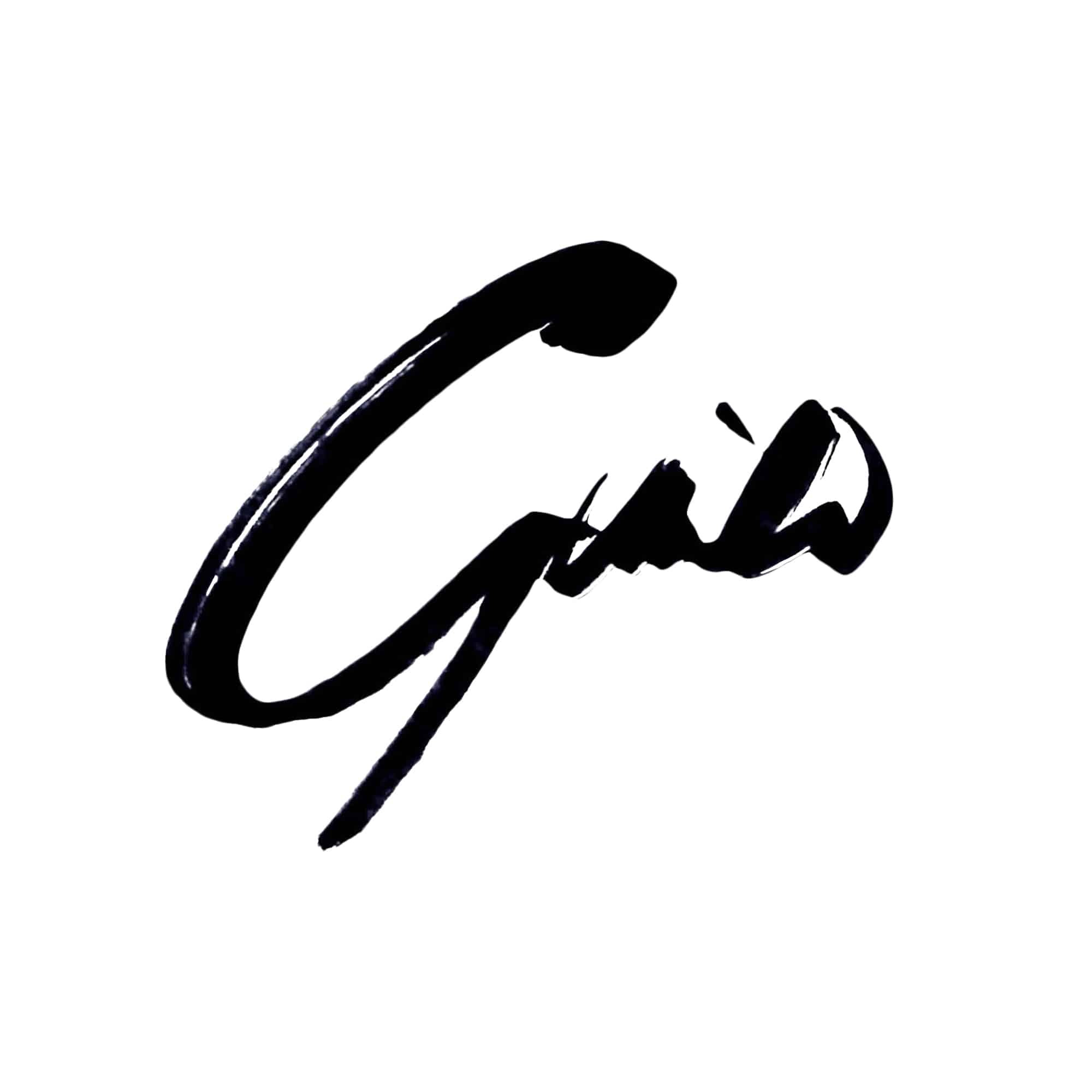
EXIF by Guido
Many months ago, as AI and generative art became widely appreciated, I started to explore the relationship between photography and AI from my own perspective. Initially, I reached out to different labs and generative artists with my vision: to create generative artworks from code, using photographs from my editions collection as a “palette” in the process.
The idea was a modern reflection of the traditional way artists make art: using supplies, choosing colors and canvasses, and ultimately trial and error. After speaking with several coders, I decided to create this project on my own. What unfolded next was the true synthesis of human endeavor, art, and AI. Over several weeks I wrote Python code with the help of AI, which executed myriad manipulations to my photos, used as digital canvases. What were once photographs in the traditional sense became what I called “EXIFs”, a common term used to describe data that we can not see, embedded in digital imagery.
Distribution of EXIFs was simple: each was made of an edition or combination of editions, and in order to claim an EXIF one must own and burn the corresponding editions that were used to make the canvas. This choice had a few key intentions:
1. To introduce photography to the wider generative art audience
2. To bring collectors closer to the art they owned (ie. do you really want to burn something you’ve collected?)
Borrowing from Marshall McLuhan’s idea that the content of any medium is always another medium, the tension between the editions collection and EXIF is a feature, not a flaw.
